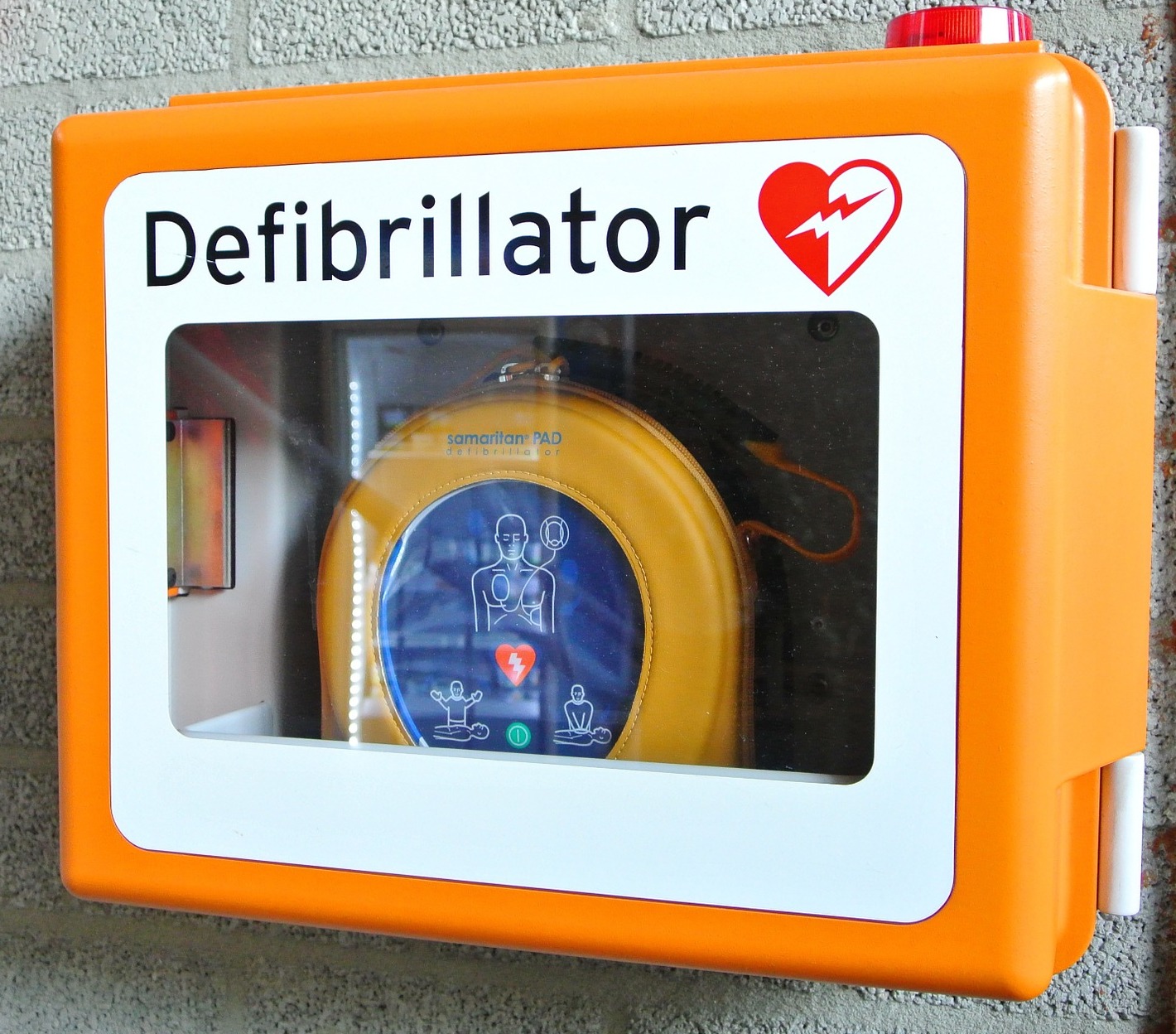Playlist
Show Playlist
Hide Playlist
Asystole
-
Emergency Medicine Cardiac Arrest 2.pdf
-
Download Lecture Overview
00:01 Alright, our last arrest rhythm to talk about is asystole. It’s pretty straight forward to recognize because it’s just a big flat line. 00:09 There's no cardiac activity, there’s no QRS complexes, it’s just a flat line. 00:15 Asystole is treated largely the same as PEA. We're gonna perform CPR, we're gonna give epinephrine 1mg every 3-5 minutes and we're gonna address the underlying cause. 00:28 The differential is the same as for PEA. In fact, all cardiac arrest regardless of rhythm will eventually degenerate to asystole. 00:38 We're gonna pay particular attention to oxygen and ventilation because those are reversible causes of asystolic arrest and we're gonna make sure that we verified it really is asystole. 00:50 I can't tell you how many times I've seen one of leads fall off the patient’s chest and it ends up tangled in the sheets or glued to the back board and then you end up thinking your patient is in asystole when in fact you're trying to measure the electrical tracing of your stretcher, clearly not a good move. 01:07 The sad thing about asystole is it’s not really so much a disease to be treated. 01:11 Unfortunately, asystole is usually a confirmation of death. 01:15 So we wanna make sure that when we have a patient in asystole that we have addressed all the important points that we've already discussed for managing cardiac arrest but ultimately, we wanna consider terminating resuscitation when it’s appropriate. 01:29 So, bottom line on managing cardiac arrest is once again high quality continuous CPR for everybody, it’s the most important thing you can do. 01:40 Two, cardiac rhythm dictates your appropriate management, so for patients in VFib and VTach you need to defibrillate and we're also gonna use epinephrine and amiodarone, whereas for patient’s in PEA or asystole we're gonna be giving epinephrine and also searching for the underlying cause of their cardiac arrest and attempting to reverse it. 02:02 Thank you. 02:04 At the end let’s have a short view on the post-arrest care. 02:08 Firstly you have to ensure appropriate oxygen levels with pulse oximetry. Then - if the patient is hypotensive - treat him or her with I V fluids and pressers, such as levophed, norepinephrine or dopamine. If the patient has a pulse but is unarousable, then induce hypothermia at temperatures between 32 and 36 degrees celsius. If the patient is awake and follows your commands, then you should get an E C G and treat the patient accordingly. Then continue with evaluating the H's and T's. The H's stand for hypovolemia, hypoxia, hydrogen ion - so this means acidosis - hyper- or hypokalemia, and hypothermia. The T's are toxins, tamponade - of course a cardiac tamponade -, tension pneumothorax, trauma, and thrombosis.
About the Lecture
The lecture Asystole by Julianna Jung, MD, FACEP is from the course Cardiovascular Emergencies and Shock.
Included Quiz Questions
Which of the following statements regarding the management of cardiac arrest is incorrect?
- Defibrillate all types of arrest
- Perform high-quality CPR for all arrests
- Cardiac rhythm dictates appropriate management
- Reversal of causes of pulse-less electrical activity/asystole is important
- Epinephrine is given early during CPR for asystole.
Customer reviews
5,0 of 5 stars
| 5 Stars |
|
1 |
| 4 Stars |
|
0 |
| 3 Stars |
|
0 |
| 2 Stars |
|
0 |
| 1 Star |
|
0 |
I have not even finished the course yet. But Dr Julianna Jung is with no doubt a 5-star professor.




